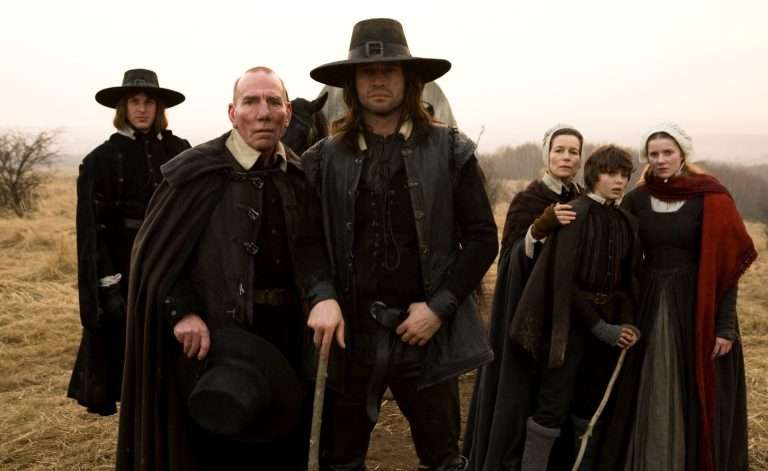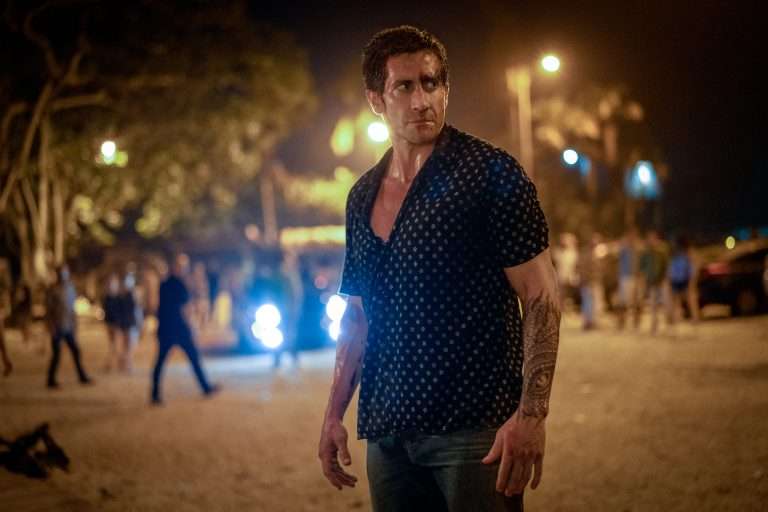Daniel Alfredson’s The Girl Who Played with Fire (original title: Flickan som lekte med elden, 2009) delves into Lisbeth Salander’s haunted past while exposing a dark nexus of corruption, sexual exploitation, and human trafficking. Both a personal reckoning and a taut thriller, the film follows Lisbeth as she battles the men who once violated her, even as society paints her as the criminal. At its heart, the narrative asks whether Lisbeth can seize control of her own destiny or remain imprisoned by the scars of her history. By the film’s climax, her confrontation with her father, Alexander Zalachenko, and her half-brother, Ronald Niedermann, becomes more than a fight for survival—it stands as a declaration: Lisbeth will never again be reduced to a victim, and those who attempt to harm her will face the consequences.
Spoilers Ahead
The Girl Who Played with Fire (Flickan som lekte med elden, 2009) Plot Summary & Movie Synopsis:
After nearly a year away from home, Lisbeth Salander (Noomi Rapace) returns to Sweden, where she reconnects with her former girlfriend, Miriam Wu, and offers her the opportunity to live for free in her old apartment. Lisbeth’s first confrontation is with her former abuser, Nils Bjurman. She finds out that he plans to take away the tattoo she put on his abdomen, which marked him as a rapist. Without hesitation, she points a gun at him and threatens him that the tattoo stays.
This act solidifies Lisbeth as the kind of person who will not apologize for living in her truth. At the same time, reporter Mikael Blomkvist (Michael Nyqvist) hires Dag Svensson to write an exposé for Millennium magazine about human trafficking and prostitution. Dag’s partner, Mia Bergman, is writing her dissertation about sex trafficking. Before leaving for vacation, Dag and Mia ask Blomkvist to check on the photographs in their apartment, if possible, and also to investigate a man named Zala, who appears to be connected to their work.
Blomkvist goes to find that Dag and Mia have been murdered in their apartment. The gun that killed them is traced back to Bjurman, who is also found dead. Not surprisingly, Lisbeth becomes the suspect because her fingerprints are on the murder weapon. Lisbeth reluctantly tells Blomkvist that she did not murder them and asks him to investigate Zala together.
Salander’s boxing trainer and friend, Paolo Roberto, contacts Blomkvist after spotting Miriam being kidnapped by Ronald Niedermann, a ruthless criminal with ties to human trafficking. Paolo tracks Niedermann to a remote barn, where he hears Miriam tortured for information on Salander. Although Paolo and Miriam escape after a violent confrontation, and the barn is set ablaze, this reinforces both the stakes and Salander’s isolation; those who try to help her risk their lives.
Using information Blomkvist leaves for her on his computer, Salander signals her gratitude and determination, leaving him with the chilling knowledge that she intends to act alone. Disguised, she visits Miriam in the hospital to apologize and confirm Niedermann’s identity before vanishing again. Meanwhile, Blomkvist, using the keys Salander inadvertently dropped, begins to trace her path through her post office box. Eventually, Salander stakes out Niedermann’s post office box and follows him to a house near Gosseberga. At this point, the story escalates into Lisbeth’s confrontation with her most personal adversary: her father, Alexander ‘Zala’ Zalachenko, whom she has not seen since she disfigured him as a child.
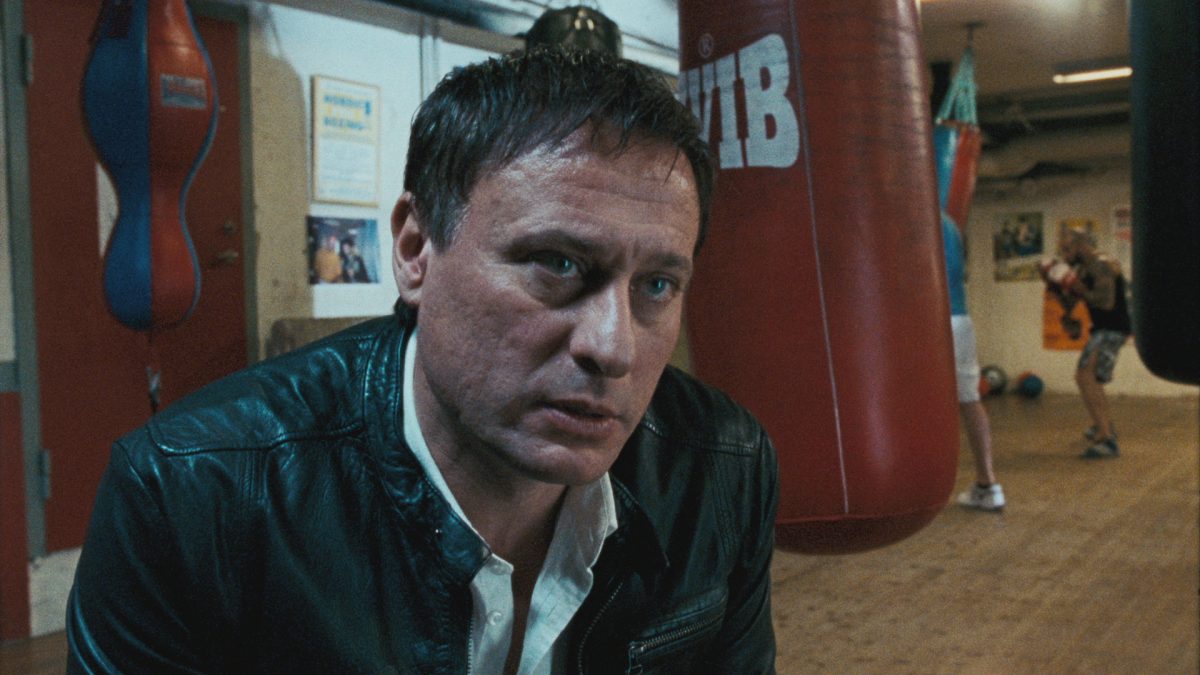
Zalachenko is callous and abusive, belittling Lisbeth’s mother and the rapes Salander endured at Bjurman’s hands. He reveals that Niedermann is her half-brother and that he murdered Bjurman to protect Zalachenko’s secrets. Zalachenko and Niedermann attempt to kill Salander, leading to a tense struggle. She is shot and buried alive, but escapes, turning the tables by injuring Zalachenko and holding Niedermann at bay with a firearm until Blomkvist arrives. Both father and daughter are seriously injured, but justice is served: Salander survives, and Zalachenko is taken away in an ambulance.
Why Did Lisbeth Confront Her Father?
The peak moment revolves around Lisbeth’s face-off with Zalachenko. The encounter is much more profound than an act of revenge; it is an act of reclaiming her own life. Zalachenko symbolizes the systemic abuse and corruption that shaped Lisbeth’s childhood. In confronting the man directly, Lisbeth will symbolically and literally no longer be powerless. Lisabeth’s confrontations also expose the larger web of exploitation. Lisbeth documents and disseminates damning evidence to expose Zalachenko, so that he can no longer exploit or intimidate anyone. Lisabeth’s revolt is both a personal and societal rebellion; she is fighting for her own life and for the truth to be revealed.
What Role Does Ronald Niedermann Play?
Ronald Niedermann acts as both a psychological and physical adversary. As Lisbeth’s half-brother, he also embodies the direct inheritance of familial violence and trauma that Lisbeth has known for quite a while. His genetic insensitivity to pain allows him to commit acts of extreme violence that are not even remotely human, padding himself against any pain or consequence.
Niedermann’s insensitivity to pain makes him frightening for anyone he encounters. Still, in Lisbeth’s case, it also requires her to take even greater caution, planning, and strategy when interacting with him. Niedermann is more than just a physical threat to Lisbeth. He represents the same pervasive, systemic abuse and corruption that Zalachenko embodies, underlining and exaggerating the personal stakes of Lisbeth’s efforts to secure justice.
Also Read: The Girl With the Dragon Tattoo (2009) Movie Ending Explained
In a sense, Niedermann presents Lisbeth with a system of evil that challenges her in every encounter, testing her physical endurance, fighting skills, and mental fortitude. Niedermann presents Lisbeth a creative challenge – she must innovate, think outside the box, be several steps ahead of him, and combine brain and brawn in her actions. His bare-faced aggression and brute strength stand in absolute contrast to Lisbeth’s finesse, poetic logic, skill, and resourcefulness of thought, which allow for quickness and invention. At the conclusion, Niedermann catalyzes Lisbeth’s inevitable development, as he forces her not only to fight against external danger and threat, but also to reckon with the emotional toll and moral complexity of her past.
How Does Mikael Blomkvist Influence Lisbeth’s Path?
Mikael Blomkvist is a pivotal character in Lisbeth Salander’s life and development, both in her public and personal life. As an experienced investigative journalist, Blomkvist shares many of the same values that Lisbeth appreciates: determination, honesty, and a quest for truth. When they first meet, Blomkvist’s own stories of public investigation and the course of justice resonate with Lisbeth, as they present values that Lisbeth recognizes in her own path and would typically accept.
Blomkvist walks Lisbeth through the process simply yet with great meaning, and in a manner that Lisbeth has not previously explored. Blomkvist can work with Lisbeth from a place of mutual trust and respect, which Lisbeth finds it challenging to do with others. He does not condescend to Lisbeth for her intelligence and skills. In fact, Blomkvist recognizes Lisbeth’s skills and intelligence, causing Lisbeth to be more invested and to engage more fully with the investigation through interaction and reflection.
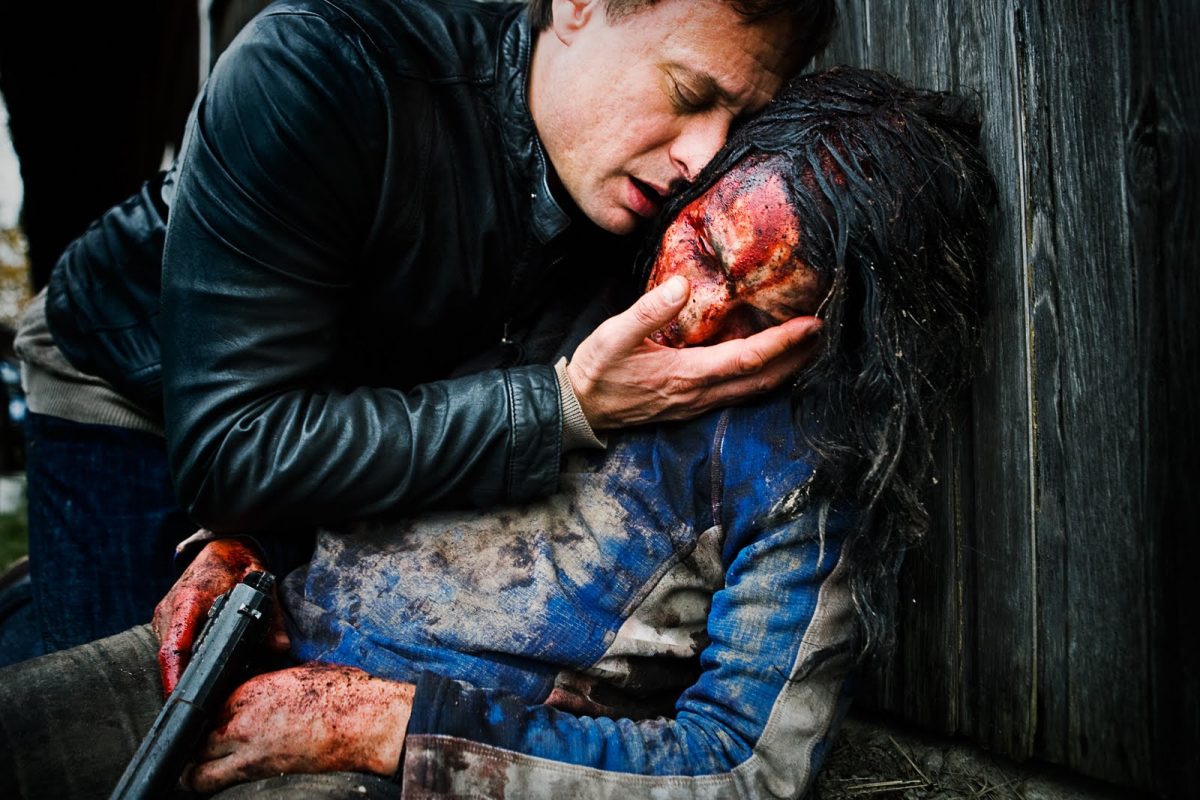
Through their learning experiences, Lisbeth is prompted to observe new and consistent perspectives regarding morality, consequences of practicing corruption, and the efficacy of investigating in a public, oftentimes organized and thoughtful way. She is reminded through practice that her special skills have use and value, beyond her own self-defense and personal outcomes — as something important and of value in society. On a personal level, Blomkvist also serves as a bridge to human connection. In essence, Blomkvist acts as both a catalyst and a mirror, reflecting her potential while nudging her toward a path that balances vengeance with ethical purpose.
The Girl Who Played with Fire (Flickan som lekte med elden, 2009) Movie Ending Explained:
Why does Lisbeth Salander Risk Everything to Confront Her Past?
Lisbeth Salander’s engagement with Zalachenko and Niedermann is not simply a physical confrontation. It represents many years of trauma and repression intersecting. Psychologically, Lisbeth has transiently occupied a space of rage, fear, and desire for justice throughout her life, shaped by abuse, betrayal, and systemic neglect.
By confronting her father, the man who represents all of the deepest harm in her life, Lisbeth forces herself to reclaim agency for the first time in her life, something she could not assume as a child. Her survival—enduring a gunshot, escaping burial, and facing her father with calculated fury—reveals not only an extraordinary intellect capable of strategic and moral decision-making, but also an indomitable will bent on finding a way to endure.
Emotionally, this encounter enables Lisbeth to externalize the rage, shame, and fear she has long been grappling with, normalizing emotions as purposeful actions instead of dissolving them. In her act of neutralizing Niedermann, Lisbeth also simultaneously neutralizes a part of herself that was conditioned to meet violence with powerlessness or repression. Ultimately, Lisbeth’s choices reveal a profound psychological truth: trauma does not have to dictate one’s fate. After confronting her abuser and exposing their crimes to the public, Lisbeth claims a kind of control over her story, acting powerfully even in a world that is severely influenced against her power; they lived and survived.
Her emotional depth lies in the tension between vulnerability and resilience; she is human in her fear, yet extraordinary in how she channels that fear into liberation. The ending is less about victory in a conventional sense and more about reclaiming identity, autonomy, and moral authority after a life steeped in violation and betrayal.

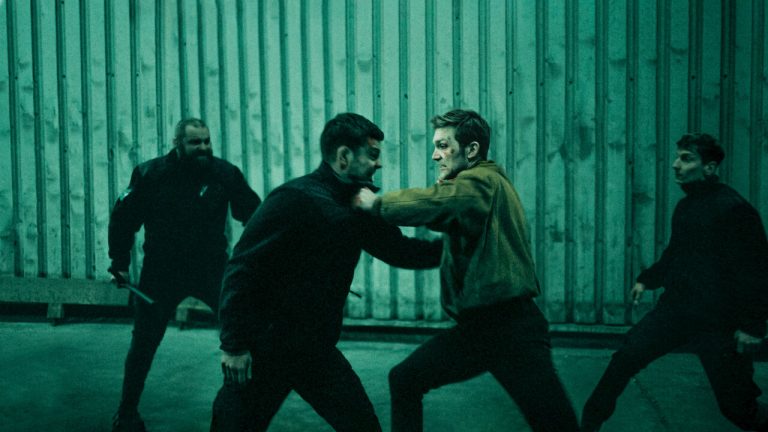

![Malayankunju [2022] Movie Explained: Ending & Themes Analyzed](https://79468c92.delivery.rocketcdn.me/wp-content/uploads/2022/08/Malayankunju-2022-Explained-768x479.jpg)

